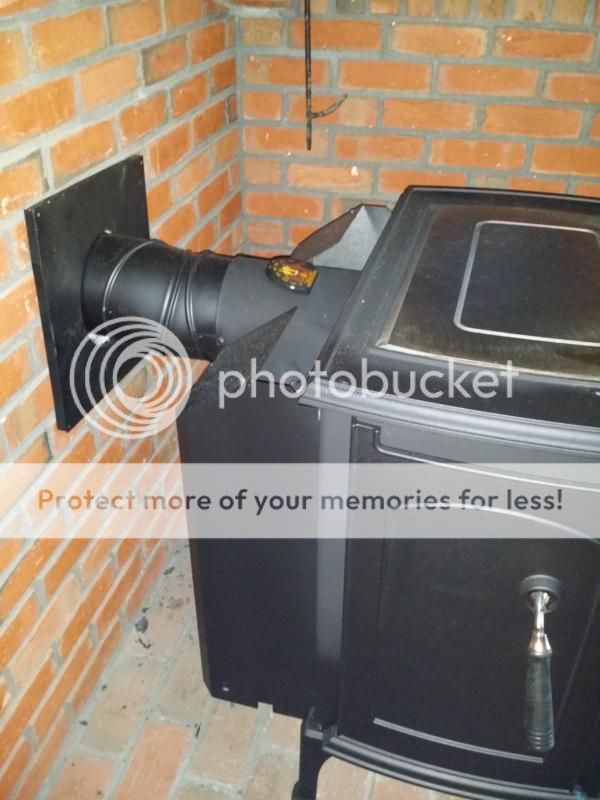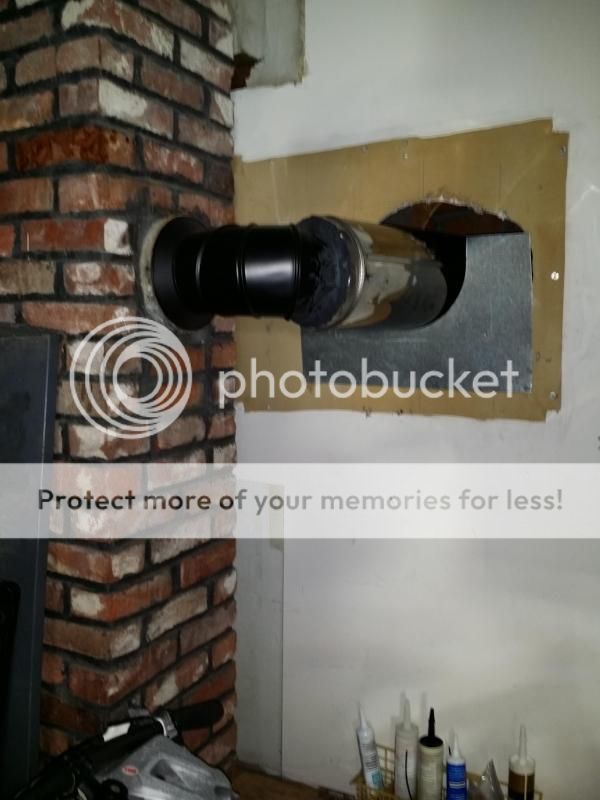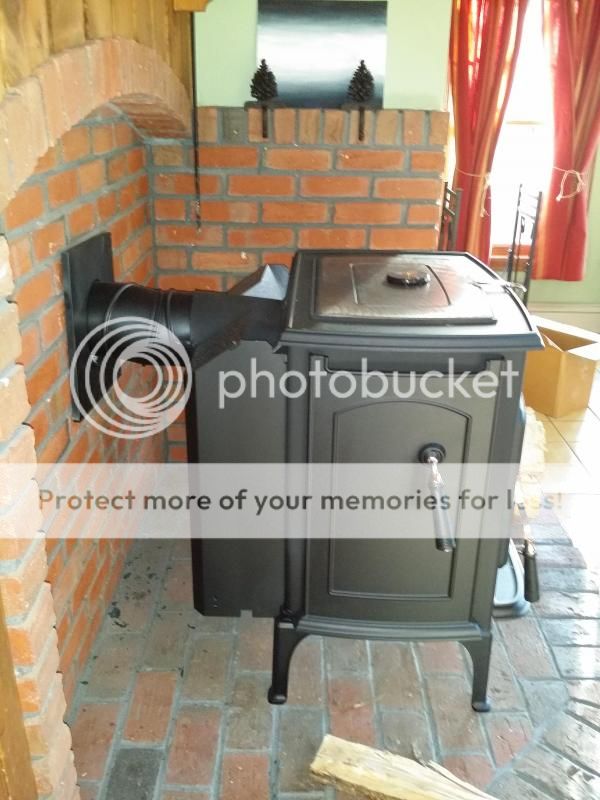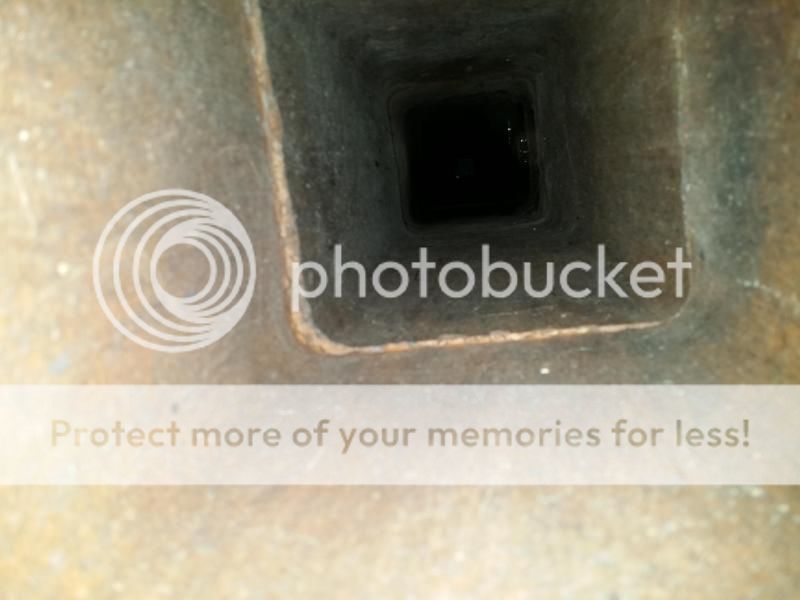rangeley t50 issues?
- Thread starter sidenull
- Start date
-
Active since 1995, Hearth.com is THE place on the internet for free information and advice about wood stoves, pellet stoves and other energy saving equipment.
We strive to provide opinions, articles, discussions and history related to Hearth Products and in a more general sense, energy issues.
We promote the EFFICIENT, RESPONSIBLE, CLEAN and SAFE use of all fuels, whether renewable or fossil.
You are using an out of date browser. It may not display this or other websites correctly.
You should upgrade or use an alternative browser.
You should upgrade or use an alternative browser.
- Status
- Not open for further replies.
Also, i am pretty green when it comes to wood stoves. I have an old Jotul stove from the 80s and, as you all know, a completely different beast.
weatherguy
Minister of Fire
Thanks for the info so far. Could there be anything else? I had the old Jotul hooked up to the same flue and it worked just fine. I'm guessing these type of stoves are sensitive to how dry the wood is....or is not....
weatherguy
Minister of Fire
Yes, the newer stoves are much more sensitive to wet wood, depending on the species of wood you have it may need more time. To rule it out go buy a couple of the bundles of wood from the supermarket they sell for fireplaces and try a load with that, that wood is kiln dried, if it works ok with that wood you have your answer.Thanks for the info so far. Could there be anything else? I had the old Jotul hooked up to the same flue and it worked just fine. I'm guessing these type of stoves are sensitive to how dry the wood is....or is not....
Grisu
Minister of Fire
It is a6 inch flue 4 foot horizontal pipe which takes a 90-degree turn into over 12 ft chimney
That's really short. My guess is the manual will say the stove needs a minimum of 15'. With the 90 degree bend in there you will have problems establishing good draft even with dry wood. I highly suggest to get it up to at least 15'.
So looking in the manual again:
• The maximum horizontal run should not exceed 3 ft.
(92 cm) with a 1/4” rise per foot.
So yeah, that may be part of the issue too, as well as poorly seasoned wood.
• The maximum horizontal run should not exceed 3 ft.
(92 cm) with a 1/4” rise per foot.
So yeah, that may be part of the issue too, as well as poorly seasoned wood.
Yeah, that and with that horizontal run, elbow and short chimney no surprise here.
"The chimney must be at least 3 feet (92 cm) higher than
the highest point where it passes through the roof and at
least 2 feet (61 cm) higher than the highest part of the roof
or structure that is within 10 feet (3.05 m) of the chimney,
measured horizontally.
Chimneys shorter than 14 feet (4.27 m) may not provide
adequate draft. Inadequate draft can result in smoke
spillage when loading the stove, or when the door is open.
Poor draft can also cause back puffing (ignition of gas
build-up inside the firebox) and sluggish performance.
The minimum height does not, in itself, guarantee proper
chimney performance."
"The chimney must be at least 3 feet (92 cm) higher than
the highest point where it passes through the roof and at
least 2 feet (61 cm) higher than the highest part of the roof
or structure that is within 10 feet (3.05 m) of the chimney,
measured horizontally.
Chimneys shorter than 14 feet (4.27 m) may not provide
adequate draft. Inadequate draft can result in smoke
spillage when loading the stove, or when the door is open.
Poor draft can also cause back puffing (ignition of gas
build-up inside the firebox) and sluggish performance.
The minimum height does not, in itself, guarantee proper
chimney performance."
Well guys......i think we have established a few issues here. I'm going to look into a few things and see what i can do. I can't thank you enough for your help. More input is welcome.
This could be just weak draft due to the long horiz run going into a short chimney. Is there a 6" liner in the chimney? If not, what is the tile size there?
I'm a bit confused by the 4 ft horizontal run statement. Is this on the other side of the brick wall? If so how is this setup? In particular, besides the draft killing aspect I am concerned regarding safe clearances from the pipe.
I'm a bit confused by the 4 ft horizontal run statement. Is this on the other side of the brick wall? If so how is this setup? In particular, besides the draft killing aspect I am concerned regarding safe clearances from the pipe.
I am at work and will take some more pics of the setup when i get home. Basically pipe goes through the wall and out to the chimney in the garage. The pipe in the wall is one of these:
http://www.woodlanddirect.com/5-inc...dftrk=gdfV23673_a_7c1677_a_7c8224_a_7c2594193
http://www.woodlanddirect.com/5-inc...dftrk=gdfV23673_a_7c1677_a_7c8224_a_7c2594193
Good enough, pics here would be very helpful. What is the liner ID in the chimney in the garage?
BurningBrutus
Member
Yeah.......i can't blame it all on the guy that sold it to me but.....i don't think i'll be using him again.
Grisu
Minister of Fire
You certainly have a bunch of issues here:
The wood is too wet and changing suppliers will probably not make much of a difference. Wood sold as "seasoned" rarely has a moisture content of less than 20% because very few firewood sellers have the time and space to stack the split wood for about 2 years. I suggest to keep the wood you have and stack it in a dry spot where it gets lots of sun and wind. It may then be ok by next winter. I would also buy several additional cords in the spring next year for the winter 16/17 (2 summers drying time). For this winter, try to find lumber scraps, pallets, and/or buy compressed wood logs (like Envi-blocks or Bio-bricks). You could maybe mix in some of your wet wood to reduce cost a bit.
You have a long horizontal run with two 90 degree elbows in there. Not sure how to fix that short of relocating the stove but it will make for a difficult draft.
The flue does not seem to have a steel liner and you would benefit greatly from an insulated 6" liner. What are the inner dimensions of the clay flue?
The wood is too wet and changing suppliers will probably not make much of a difference. Wood sold as "seasoned" rarely has a moisture content of less than 20% because very few firewood sellers have the time and space to stack the split wood for about 2 years. I suggest to keep the wood you have and stack it in a dry spot where it gets lots of sun and wind. It may then be ok by next winter. I would also buy several additional cords in the spring next year for the winter 16/17 (2 summers drying time). For this winter, try to find lumber scraps, pallets, and/or buy compressed wood logs (like Envi-blocks or Bio-bricks). You could maybe mix in some of your wet wood to reduce cost a bit.
You have a long horizontal run with two 90 degree elbows in there. Not sure how to fix that short of relocating the stove but it will make for a difficult draft.
The flue does not seem to have a steel liner and you would benefit greatly from an insulated 6" liner. What are the inner dimensions of the clay flue?
- Status
- Not open for further replies.
Similar threads
- Replies
- 7
- Views
- 793
- Replies
- 15
- Views
- 628
- Replies
- 5
- Views
- 717








